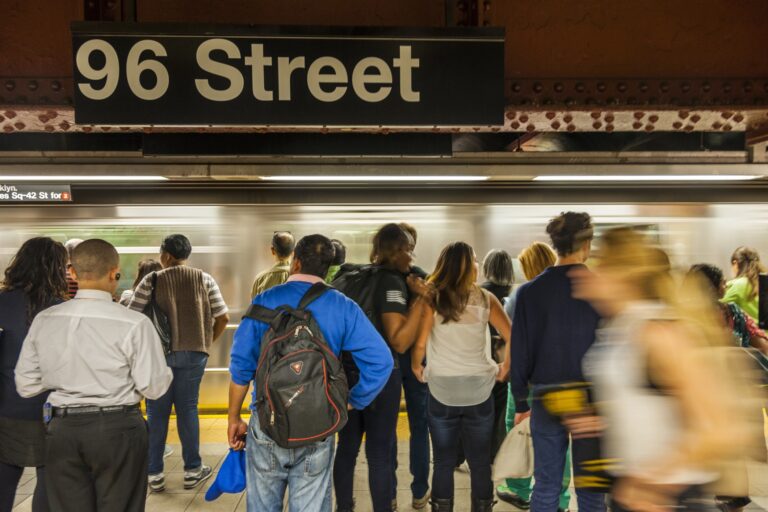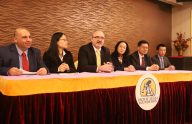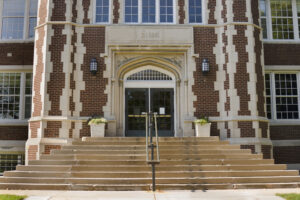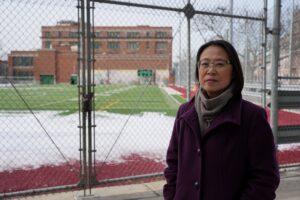Victory in NYC lawsuit on Specialized High School admissions

After nearly six years of litigation, the U.S. Court of Appeals for the Second Circuit has issued a major victory for New York City parents in the case of CACAGNY v. Adams. The court ruled the plaintiffs, represented by Pacific Legal Foundation, have successfully shown discriminatory effects of a school admissions policy started by former Mayor Bill de Blasio (and continued under Mayor Eric Adams).
The case isn’t over: We now must prove the discriminatory intent behind the program. But the Second Circuit’s ruling is huge, not just for our clients. It confirms that if an individual is harmed by a policy that was racially motivated—even if it’s superficially race-neutral—the individual has a valid equal protection claim, whether or not all members of a racial group were harmed, and even if the policy does not have an observable aggregate racial effect.
In other words, according to this Second Circuit ruling, what matters isn’t the experience of a racial group. If any individual is discriminatorily barred from an opportunity by a racially motivated law or policy, he or she can challenge it in court.
What we’re fighting for
This case is about New York City’s Specialized High Schools, which are some of the best public schools in the nation. Stuyvesant and Bronx Science are the two most competitive and renowned, but there are nine Specialized High Schools in the city that boast Nobel Laureates, writers, astronauts, entrepreneurs, and musicians among their alumni. Admission is competitive and primarily based on student scores on a standardized test, the SHSAT. That’s what makes the schools such successful incubators of talent: Any kid in New York can test into them. The city once saw the schools as “the embodiment of the American Dream, meritocracy at work,” as a 1948 alumnus wrote in The New York Times. After all, he said,
the students had competed for admission by taking a citywide examination that tested their verbal and mathematical skills… For those accepted, the future could be open and unlimited, despite income and family origins. It was all dependent on performance.
In 2018, Mayor de Blasio called the Specialized High Schools “a monumental injustice” because of their “diversity problem.” There were too few black and Hispanic students at the schools, he said. Instead of relying on “a single, high-stakes exam,” the schools should offer 20 percent of their seats to students who scored below the SHSAT cutoff and attended a “disadvantaged” middle school, de Blasio decided. The Discovery program already allotted about 5 percent of seats to students who were individually disadvantaged and barely missed the score cutoff. So to fix the “diversity problem,” de Blasio simply expanded the Discovery Program to 20 percent and changed the definition of disadvantaged to be evaluated at the school level, not just the individual level.
What went unsaid by de Blasio—but was hinted at by his education chancellor Richard Carranza—was his administration’s underlying belief that there were too many Asian students at the Specialized High Schools. Carranza spoke out against “the narrative that any one ethnic group owns admission to these schools.” His deputy chancellor was more blunt: “I walked into Stuyvesant HS and I thought I was in Chinatown!” she complained at a 2018 meeting. Dramatically expanding the Discovery Program would reduce the percentage of Asian students at the schools, the city’s modeling showed—and that’s what de Blasio’s administration wanted.
The ruling
The Discovery Program expansion doesn’t explicitly discriminate on the basis of race. But the Supreme Court says that if a facially race-neutral policy was adopted with discriminatory intent and has a discriminatory effect, it violates the Equal Protection Clause of the Constitution.
Asian American parents sued, with PLF’s help. But the district court wouldn’t let us obtain evidence of the city’s discriminatory intent unless we first showed a clear discriminatory effect on Asian students. We produced undisputed evidence showing that the revised policy discriminatorily excluded students from many of the city’s majority-Asian middle schools. We also provided expert analysis pointing to a drop in Asian admissions at Stuyvesant and Bronx Science. However, the city argued that there was no discriminatory effect because Asian admissions hadn’t dropped across the board at all the Specialized High Schools. Because there was not an aggregate drop in Asian admission to the schools as a whole, the district court ruled against the parents and awarded the city summary judgment.
But we appealed—and this week, the Second Circuit panel unanimously vindicated parents and PLF. The court ruled:
When an individual of a certain race has been denied access to a program . . . by a facially neutral law or policy that is racially motivated, a viable equal protection claim exists even if the individual’s racial group did not suffer an aggregate disparate impact from that law or policy.
As my colleague Larry Salzman put it, “One could not hope for a more expressly individualist decision than this.” While New York City has been treating students as tokens for racial groups, the Second Circuit’s ruling recognizes them as individuals—none of whom should be denied opportunities on the basis of race.
Now PLF and the plaintiffs, including the Chinese American Citizens Alliance of Greater New York, will continue the fight to reveal the government’s discriminatory intent.





